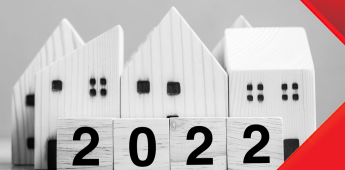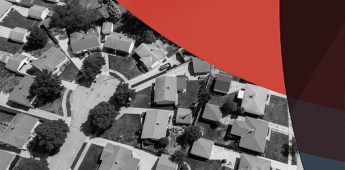This video is part of our HousingWire 2022 forecast series. After the series wraps in January, join us on February 8 for the HW+ Virtual 2022 Forecast Event. Bringing together some of the top economists and researchers in housing, the event will provide an in-depth look at the predictions for this year, along with a roundtable discussion on how these insights apply to your business. The event is exclusively for HW+ members, and you can go here to register.
In this video interview, HW+ Managing Editor Brena Nath sits down with Housingwire Lead analyst Logan Mohthashami as he breaks down his predictions for the new year. Mohtashami shares his perspective on where mortgage rates and home prices are headed, along with the future of inventory.
Watch the full session below and here is a small preview of the interview, which has been lightly edited for length and clarity:
Brena Nath: Everyone’s also looking at home prices right now since they all kind of work together and impact each other. So where do you view home prices going in 2022?
Logan Mohthashami: Unfortunately, my biggest fear for 2021 was that home prices would accelerate, and we’re still at a level where total inventory is below 1.5-2 million. And for me, as long as it’s below that, it’s not a good thing. Home price growth can facilitate higher prices, but we do not want the repeat of 2021. So inventory is going to fade, you know like it does in the fall and winter. However, if rates do pick up a little bit or housing slows down, it’s a positive. We want more inventory.











It’s always great to get insight from Logan. I make it a morning ritual to read what he has to say on HW!
There was no mention of how the UMBS purchase drawdown by the fed will affect rates. We have been in an artificial rate market because of non-capitalist intervention. What’s the opinion?
“We have been in an artificial rate market because of non-capitalist intervention. What’s the opinion?”
When QE 1 ended, rates and bond yields fell.
When QE 2 ended, rates and bond yields fell.
When Taper started to run its course down in 2014, rates and bond yields fell.
When QE 3 ended, guess what, bond yields and mortgage rates fell.
What has happened for four decades is that the 10-year yield long-term downtrend stayed intact, and the people who have been calling for a bond market bubble have aged out over time.
I wrote about this last year here with charts.
https://www.housingwire.com/articles/when-will-mortgage-rates-get-over-4/
I addressed it with more charts here in the jobs article.
https://www.housingwire.com/articles/unemployment-rates-and-mortgage-rates-both-under-4/